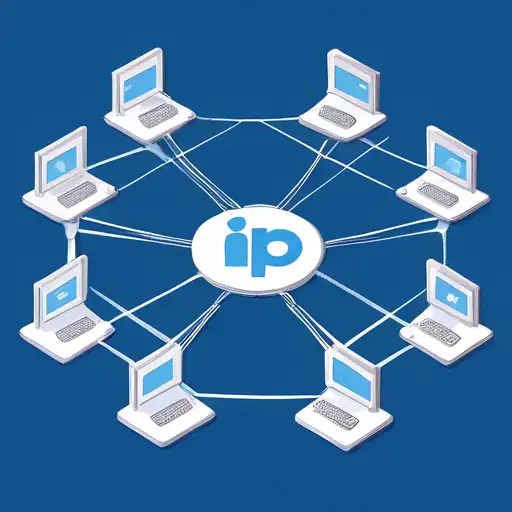Introduction to IP Addresses
In the digital world, IP addresses play a crucial role in connecting devices across the internet. An IP (Internet Protocol) address is a unique identifier assigned to each device connected to a network, enabling them to communicate with each other. This guide will walk you through the basics of IP addresses, their types, and how they function within networks.
What is an IP Address?
An IP address is a numerical label assigned to each device participating in a computer network that uses the Internet Protocol for communication. It serves two main functions: identifying the host or network interface and providing the location of the host in the network.
Types of IP Addresses
There are two main types of IP addresses: IPv4 and IPv6. IPv4, the most widely used version, consists of four numbers separated by dots (e.g., 192.168.1.1). However, due to the exponential growth of the internet, IPv6 was introduced, which uses a more complex alphanumeric system to accommodate more devices.
How IP Addresses Work
IP addresses are the backbone of internet communication. When you enter a website's URL into your browser, a DNS server translates the domain name into an IP address, directing your request to the correct server. The server then responds by sending the requested data back to your device's IP address.
Static vs. Dynamic IP Addresses
IP addresses can be static or dynamic. A static IP address remains constant, making it ideal for hosting websites or services. On the other hand, a dynamic IP address, assigned by a DHCP server, changes over time and is commonly used for residential internet connections.
Importance of IP Addresses in Networking
Understanding IP addresses is fundamental for anyone looking to delve into networking. They not only facilitate device communication but also play a vital role in network security, enabling administrators to monitor and control access to the network.
Conclusion
IP addresses are integral to the functioning of the internet and networks. Whether you're setting up a home network or pursuing a career in IT, grasping the basics of IP addressing is essential. For more advanced topics, consider exploring subnetting and network security practices.
For further reading on networking basics, check out our guide on Understanding Subnets.
